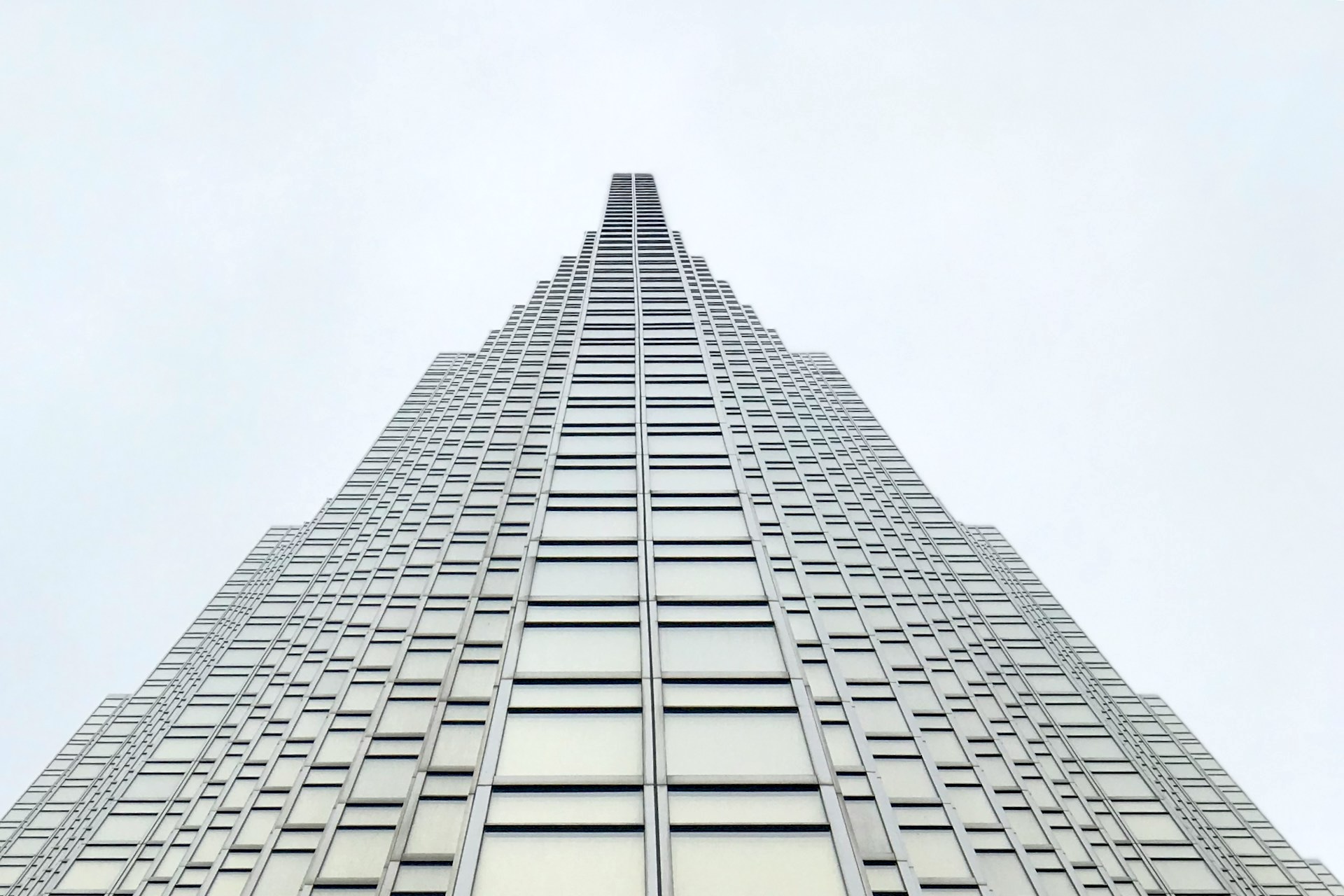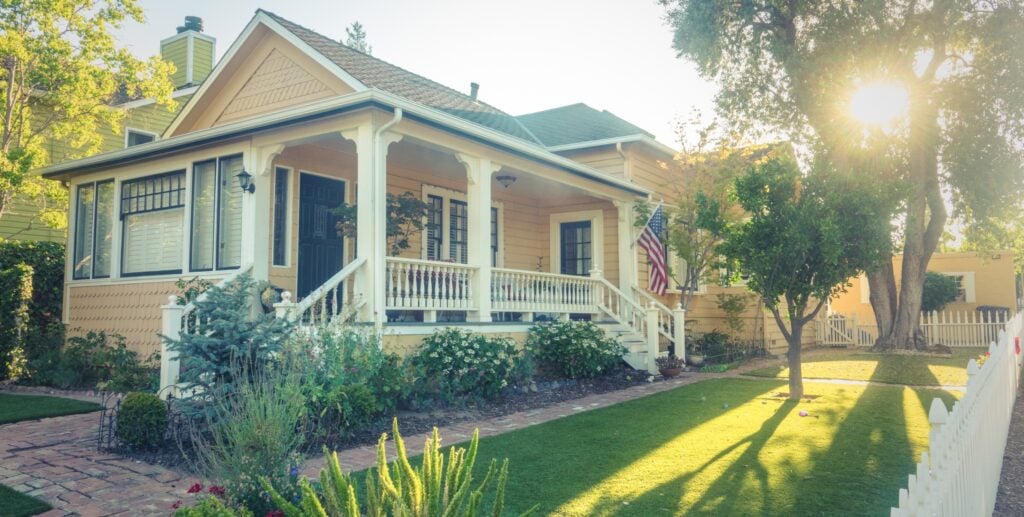A surge in auction clearance rates to 72 per cent in May, the highest level since early 2022, provides compelling evidence that the impact of Trump’s economic policies on Australia are having a significant impact on Australia’s housing market.
This sharp increase from the low-to-mid 60 per cent range throughout most of 2024 further cements the acceleration in pricing that began in January.
While current conditions are somewhat similar to those that fuelled the extraordinary price growth of 2021, acceleration of growth is likely to be a lot more muted than what we saw during that time.
Global politics are reshaping the Australian property market
Trump’s “Liberation Day” tariffs have dramatically altered interest rate expectations globally, with markets now pricing in multiple cuts in Australia throughout 2025.
While these tariffs primarily target US-China trade relations, their ripple effects are clearly visible in our property market performance.
Our April data shows house prices nationally rose by 0.4 per cent to reach a median of $917,433, representing annual growth of 5.2 per cent.
The unit market showed even stronger monthly momentum with prices increasing by 0.5 per cent to $685,637, delivering a yearly growth rate of 4.6 per cent.
MORE NEWS
$80bn upgrade: Aussies’ $1300 insane saving
Tide finally turns for renters
Simple way to unlock $20k in extra home value
Source: Ray White
Perth continues its extraordinary run as Australia’s standout performer, with house prices rising 0.9 per cent in April alone, pushing annual growth to an impressive 12.2 per cent.
This widespread acceleration is particularly noteworthy, with 13 out of 14 regions showing increased growth when comparing recent three-month periods.
Auction markets in Sydney and Melbourne, traditionally more sensitive to global economic shifts, have responded most dramatically to the changing outlook.
The Trump effect is influencing property through multiple channels
The “Trump effect” we are seeing in property operates through several distinct channels. Firstly, global economic uncertainty has triggered unprecedented volatility across financial markets, driving investors toward the relative stability of residential property.
The VIX index – Wall Street’s “fear gauge” – has reached levels not seen since the COVID-19 pandemic, prompting a flight to tangible assets.
Secondly, this market turbulence has dramatically shifted RBA interest rate expectations.
The February 2025 cut marked a turning point, with expectations now building for another reduction this week – potentially by 0.5 per cent.
For a household with a $750,000 mortgage, this would translate to savings of approximately $230 per month.
MORE NEWS: How to pick the next booming property market
President Donald Trump speaks with reporters in the Oval Office of the White House. (AP Photo/Alex Brandon)
Thirdly, even the most recent Labor victory was in part driven by distaste for Trump among Australian voters.
And this win is also inflationary for house prices, particularly the expansion of the five per cent deposit scheme to all first home buyers regardless of income.
This policy change creates additional demand pressure in a market already responding to global economic shifts.
Inflation uncertainty remains a significant concern
The big unknown remains how Trump’s tariffs will impact Australia’s inflation rate.
Supply chain disruptions and global pricing adjustments could affect our inflation outlook, though this might be offset somewhat by lower prices for products from China as they seek alternative export markets.
The RBA will be watching these developments closely.
History suggests Australia’s housing market demonstrates surprising resilience during economic disruptions. During previous periods of global uncertainty, including the GFC and COVID-19 pandemic, property prices showed remarkable stability compared to other asset classes, particularly in metropolitan areas.
MORE NEWS: Second RBA rate cut to drive uptick in refinancing
Of prices continue to climb, Prime Minister Anthony Albanese will have to find ways to ensure more affordable housing is delivered across the country. Picture: Jason Edwards / NewsWire
A Covid-type boom appears unlikely despite market strength
Despite the parallels to 2021, it’s unlikely we’ll see a repeat of the extraordinary Covid boom in property prices.
The cash rate is highly unlikely to drop to the extreme lows we saw during the pandemic when emergency settings took rates to a record 0.1 per cent.
Current market expectations suggest rates will remain significantly higher than these historic lows, even with multiple cuts.
Additionally, the Covid period was characterised by record household savings rates as lockdowns prevented normal spending patterns – much of this excess capital flowed directly into property.
Ray White Chief Economist Nerida Conisbee.
Today’s environment is markedly different, with persistent cost of living challenges constraining household savings and limiting the pool of funds available to buy property
While the market is certainly strengthening and conditions are favourable for continued price growth, these fundamental differences in monetary policy settings and household financial positions suggest a more moderate trajectory than the unprecedented boom witnessed during the pandemic.
– This column was supplied by Ray White Group Chief Economist, Nerida Conisbee



















 English (US) ·
English (US) ·